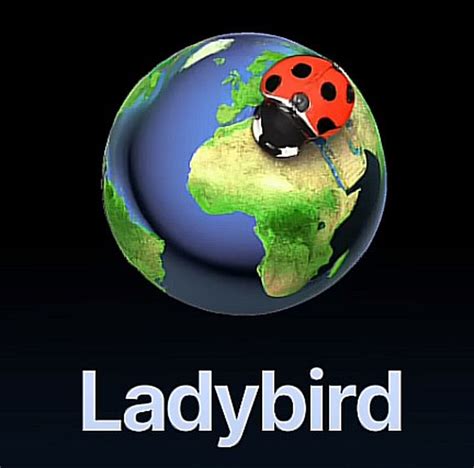The Ladybird Browser’s transformation into a non-profit entity with a $1M donation from GitHub founder Chris Wanstrath is a notable event in the tech sphere. Amidst this promising financial development, it is crucial to evaluate how the browser’s aesthetic and branding choices resonate with its community and the potential impact on its growth. The recent overhaul of its visual identity, characterized by a more ‘polished’ design, has sparked diverse reactions, a reminder that branding is not just visual design but an element of user trust and engagement.
One recurring critique among users centers around the shift from Ladybird’s prior charming, scrappy identity to a more corporate, polished look. As some users pointed out, the original logo and website designs exuded an endearing character, underpinned by the visual motif of a ladybug. The updated design, described by some as resembling a typical VC-backed SaaS company, appears to have stripped away some of that organic charm. This feedback is a testament to the inherent value users place on authentic, relatable branding—especially for projects like Ladybird that thrive on community support and contribution.
Brand ‘smoothing’—a term borrowed from the chocolate-making process called conching—can sometimes dilute the distinctive ‘flavor’ of a project. The deeper, richer notes that initially attracted passionate contributors and users risk being ground away in the effort to appeal to a broader audience. This analogy, shared by one commenter, captures the tension between maintaining unique project identity and the pragmatic need to evolve one’s brand.
The artistic choices in branding aren’t merely superficial concerns but touch upon the broader perception of the project. Users have also commented on ‘soulless’ AI-generated images and other design elements that seem disconnected from the project’s roots. Such remarks underscore an important narrative: a non-profit, especially one in open source software, must stay true to its community-driven principles even as it scales and garners significant funding.
The Ladybird team must navigate these waters expertly, given their ambitious goal of creating a fully functional alpha by 2026. Maintaining user enthusiasm and trust will be pivotal. A recollection of how competition in browser development is essential hints at how pivotal authentic user engagement and visual consistency are. In recounting how Netscape transformed into Firefox, the lesson remains that branding is as much about community as it is about creativity and consistency. It is less about ‘selling’ the product and more about presenting it as a collaborative journey.
Ultimately, the Ladybird Browser’s journey will be watched with interest not just for its technical advancements but for its strategic handling of community expectations and identity management. Sustaining an authentic and charming visual identity could play a significant role in differentiating Ladybird from its larger, more commercial counterparts. As Chris Wanstrath’s support adds a layer of credibility and financial muscle, it’s the project’s connection with its foundational community that will likely be decisive for its long-term success.


Leave a Reply